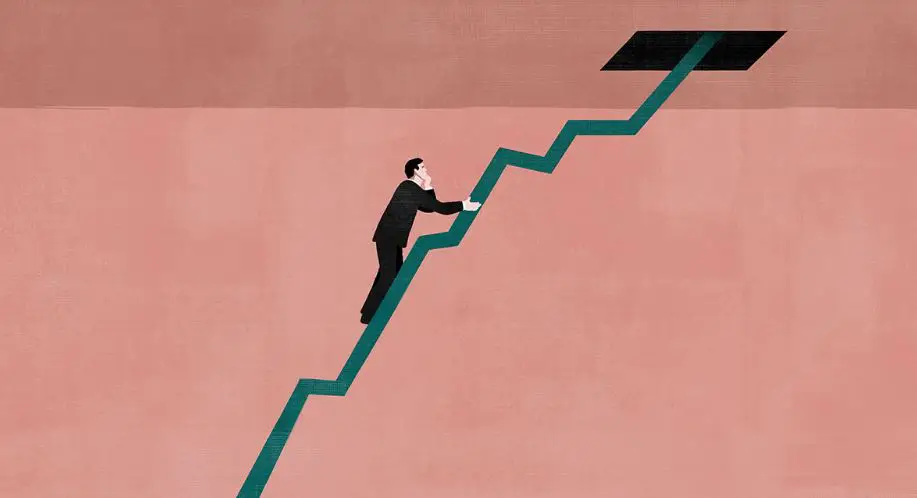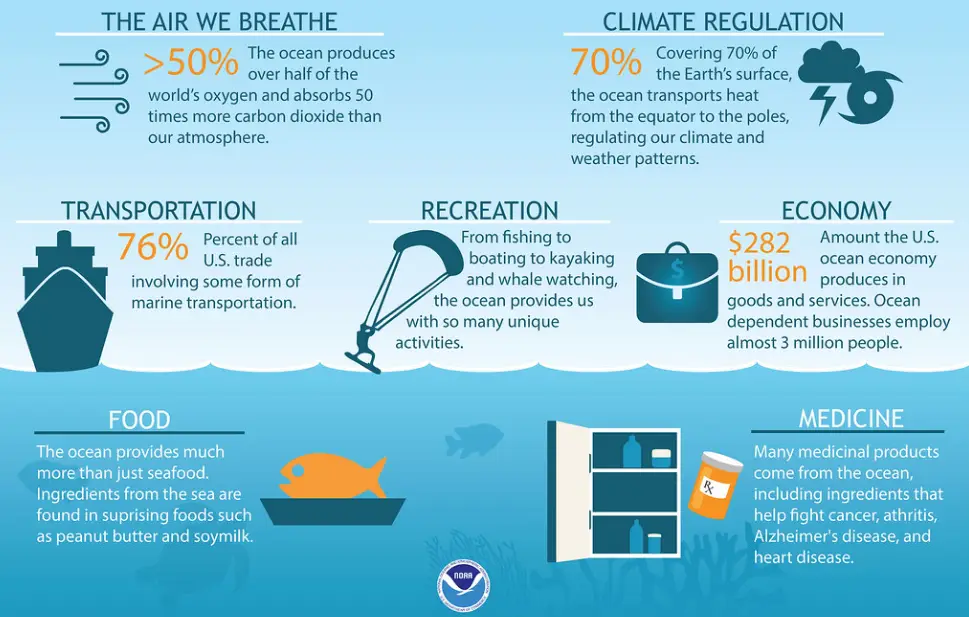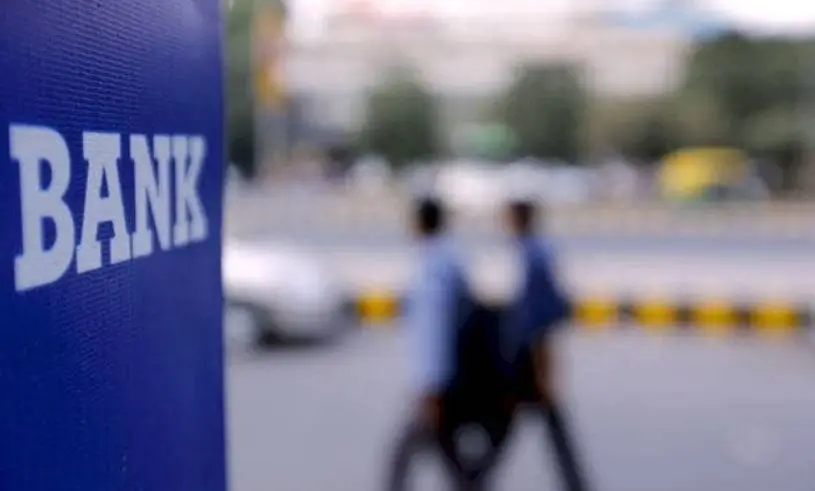Middle Income Trap and its Causes in India | UPSC – IAS
Middle Income Trap and its Causes in India | UPSC – IAS The middle income trap is a theoretical economic development situation, in which a country that attains a certain income (due to given advantages) gets stuck at that level. The World Bank defines as the ‘middle-income range’ countries with gross national product per capita that has remained between $1,000 to $12,000 […]


